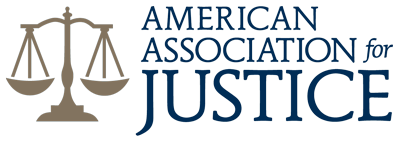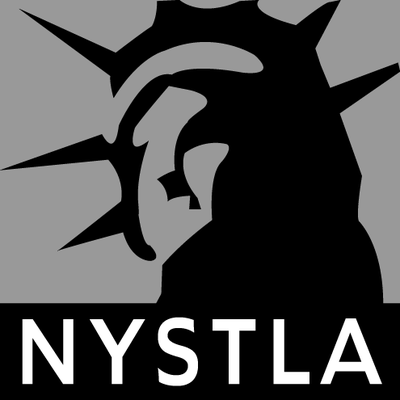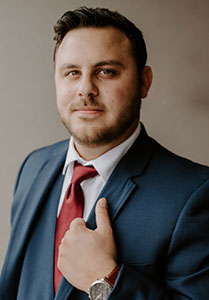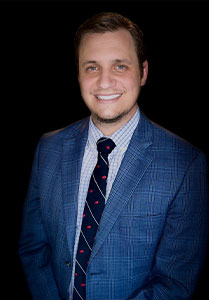If you are here today, it may be because you or someone you care about was involved in a crosswalk accident. We understand that this can be a confusing and scary time. You may be worried about your injuries, your medical bills, and what comes next. You may be unsure if you even have a case. That’s okay. You are not alone, and you are in the right place. We want to help you understand what New York’s crosswalk laws mean and how they can support your case. Knowing these laws is the first step toward making smart choices and protecting your rights as a pedestrian.
What Crosswalks Are and Why They Matter
In New York, crosswalks are marked or unmarked areas on the street where pedestrians can safely cross. A marked crosswalk usually has white lines painted on the road. An unmarked crosswalk exists at every corner, even if it has no paint. Crosswalks are meant to give people a safe place to walk from one side of the street to the other. But even with crosswalks, accidents still happen. That’s why it’s important to know the rules. These rules protect both drivers and people on foot.
Who Has the Right of Way in a Crosswalk
In many cases, pedestrians have the right of way when crossing at a crosswalk. If you are walking with the walk signal or stepping into a crosswalk at an intersection, cars must stop and let you go. New York law says drivers must be careful and slow down when they see someone trying to cross. If a driver does not stop and hits you, they can be held responsible.
But there are times when pedestrians do not have the right of way. If you walk into a street without looking or step into traffic where there is no crosswalk or signal, it becomes more complicated. That does not mean you are at fault for being hurt, but it may affect how your case is handled. Every accident is different, and the details matter.
What Drivers Are Supposed to Do
Drivers in New York are required by law to use care near crosswalks. They must yield to pedestrians when turning or when a person is already in the crosswalk. Drivers must also obey traffic signals and speed limits. If a driver is speeding or distracted, they may not see someone crossing until it is too late. That’s why state law takes driver behavior seriously in these cases.
In some situations, a driver may say they did not see the person walking. That excuse does not always work. The law says drivers must be alert and watchful. If they fail to notice a pedestrian because they were texting, talking, or just not paying attention, they may be found at fault.
The Role of Traffic Signals and Signs
Many intersections in New York have walk signs or traffic lights that help people know when to cross. These signs are important. If the walk signal is on, you can safely cross. If it says don’t walk and you still step off the curb, your case may be harder to win. But again, every case is unique. Even if you made a mistake, the driver may still have a duty to avoid hitting you.
Sometimes, the signs or signals are broken or missing. This can lead to confusion about who has the right of way. If the city failed to keep the signals working, it may be possible to bring a claim against the city itself. But these cases can be tricky and need careful review.

The team is very personable, patient and empathetic with their clients. They are upfront with you and will explain the entire process with you, they never lead you to believe otherwise, they tell you like it is and will not sell you a million dollar dream. Trust in Andrews, Bernstein & Maranto, PLLC, they work for you and he looks out for your best interest.”
- Jane D.
Accidents Outside of Crosswalks
Not all pedestrian accidents happen in crosswalks. If you were hit while crossing in the middle of the block or on a road without any crosswalk, it does not mean you are completely at fault. The law still expects drivers to be careful and avoid accidents whenever they can. Even if you were not crossing at a corner, the driver may still share some of the blame.
In many cases, the court will look at both sides. They will ask if the pedestrian was careful and if the driver did everything possible to avoid the crash. This is called shared fault. You can still receive money for your injuries even if you were partly at fault. That is why it is important to have someone look closely at what happened.
Common Injuries and Costs After a Crosswalk Accident
Pedestrians hit by cars often suffer serious injuries. These can include broken bones, head injuries, and damage to the back or neck. Some people may need surgery or months of care just to walk again. The costs can be huge. Hospital bills, lost time at work, and long-term pain can change a person’s life.
You may be able to get money to help cover these costs. This can include money for your medical bills, missed paychecks, and even pain and suffering. But to get that help, you need to prove what happened and show who was at fault.
What to Do After a Crosswalk Accident
If you are hurt in a crosswalk accident, the first thing to do is get medical help. Your health and safety come first. After that, try to get information about the crash. If someone saw what happened, their words may help your case. Pictures of the scene and your injuries are also helpful.
If the police came, ask for a copy of the report. This report may say what the driver did wrong. It may also include statements from people who saw the crash. The more information you have, the stronger your case can be.
Related Videos
Should I Take The First Settlement Offer?
Steps to File a Personal Injury Claim
How the Law Looks at These Cases
New York uses a rule called comparative fault. This means both the driver and the pedestrian can be blamed in part. If the court says the driver was 80 percent at fault and you were 20 percent at fault, you can still win money, but it may be less than the full amount.
This rule is fair, but it also makes these cases more complex. Insurance companies may try to say you were more at fault than you really were. They may offer less money than you need or delay your claim. That is why it helps to have someone on your side who knows how these rules work and who can stand up to the insurance company.
The Importance of Acting Quickly
There are time limits for bringing a case after a crosswalk accident. In New York, you must file a claim within a certain number of years, usually three. But if the city or a government agency is involved, you may only have a few months to give notice. Missing these deadlines can mean losing your right to compensation.
It is also easier to build a strong case soon after the accident. Evidence is fresh. Witnesses remember more. The scene may still look the same. Waiting too long can make your case harder.
Verdicts & Settlements
Let Us Help You Move Forward
If you were hurt in a crosswalk accident, you do not need to go through this alone. At Andrews, Bernstein & Maranto, PLLC, we have helped many people like you get the results they need to move forward. We understand how hard this time can be, and we will treat your case with the care and attention it deserves.
We will listen to your story, explain your rights, and guide you every step of the way. If the driver was at fault, we will fight for the money you need to heal and rebuild your life. Don’t wait to find out where you stand. Contact Andrews, Bernstein & Maranto, PLLC today and let us help you take the next step with confidence.












